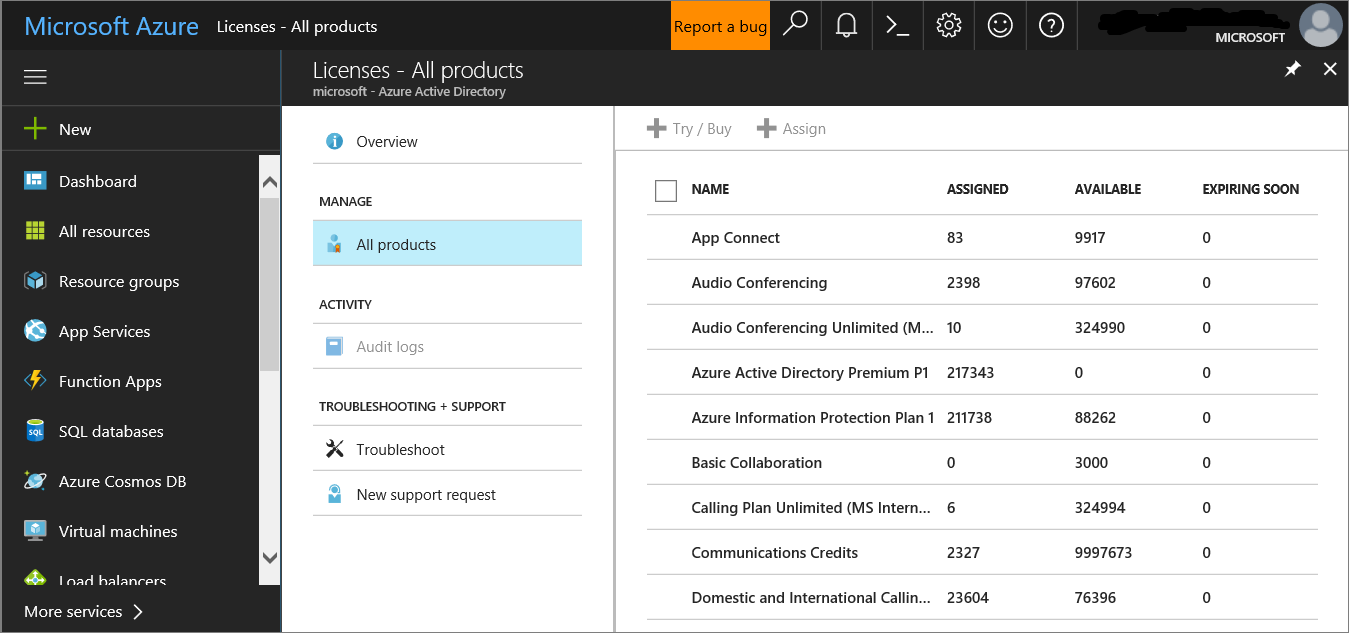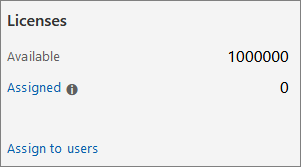Pilot and deploy Microsoft Defender for Endpoint
Applies to:
- Microsoft Defender XDR
This article provides a workflow for piloting and deploying Microsoft Defender for Endpoint in your organization. You can use these recommendations to onboard Microsoft Defender for Endpoint as an individual cybersecurity tool or as part of an end-to-end solution with Microsoft Defender XDR.
This article assumes you have a production Microsoft 365 tenant and are piloting and deploying Microsoft Defender for Endpoint in this environment. This practice will maintain any settings and customizations you configure during your pilot for your full deployment.
Defender for Endpoint contributes to a Zero Trust architecture by helping to prevent or reduce business damage from a breach. For more information, see the Prevent or reduce business damage from a breach business scenario in the Microsoft Zero Trust adoption framework.
End-to-end deployment for Microsoft Defender XDR
This is article 4 of 6 in a series to help you deploy the components of Microsoft Defender XDR, including investigating and responding to incidents.
The articles in this series correspond to the following phases of end-to-end deployment:
| Phase | Link |
|---|---|
| A. Start the pilot | Start the pilot |
| B. Pilot and deploy Microsoft Defender XDR components | - Pilot and deploy Defender for Identity - Pilot and deploy Defender for Office 365 - Pilot and deploy Defender for Endpoint (this article) - Pilot and deploy Microsoft Defender for Cloud Apps |
| C. Investigate and respond to threats | Practice incident investigation and response |
Pilot and deploy workflow for Defender for Identity
The following diagram illustrates a common process to deploy a product or service in an IT environment.
You start by evaluating the product or service and how it will work within your organization. Then, you pilot the product or service with a suitably small subset of your production infrastructure for testing, learning, and customization. Then, gradually increase the scope of the deployment until your entire infrastructure or organization is covered.
Here is the workflow for piloting and deploying Defender for Identity in your production environment.
Follow these steps:
- Check license state
- Onboard endpoints using any of the supported management tools
- Verify pilot group
- Try out capabilities
Here are the recommended steps for each deployment stage.
| Deployment stage | Description |
|---|---|
| Evaluate | Perform product evaluation for Defender for Endpoint. |
| Pilot | Perform Steps 1-4 for a pilot group. |
| Full deployment | Configure the pilot group in Step 3 or add groups to expand beyond the pilot and eventually include all of your devices. |
Protecting your organization from hackers
Defender for Identity provides powerful protection on its own. However, when combined with the other capabilities of Microsoft Defender XDR, Defender for Endpoint provides data into the shared signals which together help stop attacks.
Here's an example of a cyber-attack and how the components of Microsoft Defender XDR help detect and mitigate it.
Defender for Endpoint detects device and network vulnerabilities that might otherwise be exploited for devices managed by your organization.
Microsoft Defender XDR correlates the signals from all the Microsoft Defender components to provide the full attack story.
Defender for Endpoint architecture
The following diagram illustrates Microsoft Defender for Endpoint architecture and integrations.
This table describes the illustration.
| Call-out | Description |
|---|---|
| 1 | Devices are on-boarded through one of the supported management tools. |
| 2 | On-boarded devices provide and respond to Microsoft Defender for Endpoint signal data. |
| 3 | Managed devices are joined and/or enrolled in Microsoft Entra ID. |
| 4 | Domain-joined Windows devices are synchronized to Microsoft Entra ID using Microsoft Entra Connect. |
| 5 | Microsoft Defender for Endpoint alerts, investigations, and responses are managed in Microsoft Defender XDR. |
Tip
Microsoft Defender for Endpoint also comes with an in-product evaluation lab where you can add pre-configured devices and run simulations to evaluate the capabilities of the platform. The lab comes with a simplified set-up experience that can help quickly demonstrate the value of Microsoft Defender for Endpoint including guidance for many features like advanced hunting and threat analytics. For more information, see Evaluate capabilities. The main difference between the guidance provided in this article and the evaluation lab is the evaluation environment uses production devices whereas the evaluation lab uses non-production devices.
Step 1: Check license state
You'll first need to check the license state to verify that it was properly provisioned. You can do this through the admin center or through the Microsoft Azure portal.
To view your licenses, go to the Microsoft Azure portal and navigate to the Microsoft Azure portal license section.
Alternately, in the admin center, navigate to Billing > Subscriptions.
On the screen, you'll see all the provisioned licenses and their current Status.
Step 2: Onboard endpoints using any of the supported management tools
After verifying that the license state has been provisioned properly, you can start onboarding devices to the service.
For the purpose of evaluating Microsoft Defender for Endpoint, we recommend choosing a couple of Windows devices to conduct the evaluation on.
You can choose to use any of the supported management tools, but Intune provides optimal integration. For more information, see Configure Microsoft Defender for Endpoint in Microsoft Intune.
The Plan deployment topic outlines the general steps you need to take to deploy Defender for Endpoint.
Watch this video for a quick overview of the onboarding process and learn about the available tools and methods.
Onboarding tool options
The following table lists the available tools based on the endpoint that you need to onboard.
| Endpoint | Tool options |
|---|---|
| Windows | - Local script (up to 10 devices) - Group Policy - Microsoft Intune / Mobile Device Manager - Microsoft Endpoint Configuration Manager - VDI scripts |
| macOS | - Local scripts - Microsoft Intune - JAMF Pro - Mobile Device Management |
| iOS | App-based |
| Android | Microsoft Intune |
When you pilot Microsoft Defender for Endpoint, you may choose to onboard a few devices to the service before onboarding your entire organization.
You can then try out capabilities that are available such as running attack simulations and seeing how Defender for Endpoint surfaces malicious activities and enables you to conduct an efficient response.
Step 3: Verify pilot group
After completing the onboarding steps outlined in the Enable evaluation section, you should see the devices in the Device inventory list approximately after an hour.
When you see your onboarded devices you can then proceed with trying out capabilities.
Step 4: Try out capabilities
Now that you've completed onboarding some devices and verified that they are reporting to the service, familiarize yourself with the product by trying out the powerful capabilities that are available right out of the box.
During the pilot, you can easily get started with trying out some of the features to see the product in action without going through complex configuration steps.
Let's start by checking out the dashboards.
View the device inventory
The device inventory is where you'll see the list of endpoints, network devices, and IoT devices in your network. Not only does it provide you with a view of the devices in your network, but it also gives you in-depth information about them such as domain, risk level, OS platform, and other details for easy identification of devices most at risk.
View the Microsoft Defender Vulnerability Management dashboard
Defender Vulnerability Management helps you focus on the weaknesses that pose the most urgent and the highest risk to the organization. From the dashboard, get a high-level view of the organization exposure score, Microsoft Secure Score for Devices, device exposure distribution, top security recommendations, top vulnerable software, top remediation activities, and top exposed device data.
Run a simulation
Microsoft Defender for Endpoint comes with "Do It Yourself" attack scenarios that you can run on your pilot devices. Each document includes OS and application requirements as well as detailed instructions that are specific to an attack scenario. These scripts are safe, documented, and easy to use. These scenarios will reflect Defender for Endpoint capabilities and walk you through investigation experience.
To run any of the provided simulations, you need at least one onboarded device.
In Help > Simulations & tutorials, select which of the available attack scenarios you would like to simulate:
Scenario 1: Document drops backdoor - simulates delivery of a socially engineered lure document. The document launches a specially crafted backdoor that gives attackers control.
Scenario 2: PowerShell script in fileless attack - simulates a fileless attack that relies on PowerShell, showcasing attack surface reduction and device learning detection of malicious memory activity.
Scenario 3: Automated incident response - triggers automated investigation, which automatically hunts for and remediates breach artifacts to scale your incident response capacity.
Download and read the corresponding walkthrough document provided with your selected scenario.
Download the simulation file or copy the simulation script by navigating to Help > Simulations & tutorials. You can choose to download the file or script on the test device but it's not mandatory.
Run the simulation file or script on the test device as instructed in the walkthrough document.
Note
Simulation files or scripts mimic attack activity but are actually benign and will not harm or compromise the test device.
SIEM integration
You can integrate Defender for Endpoint with Microsoft Sentinel or a generic security information and event management (SIEM) service to enable centralized monitoring of alerts and activities from connected apps. With Microsoft Sentinel, you can more comprehensively analyze security events across your organization and build playbooks for effective and immediate response.
Microsoft Sentinel includes a Defender for Endpoint connector. For more information, see Microsoft Defender for Endpoint connector for Microsoft Sentinel.
For information about integration with generic SIEM systems, see Enable SIEM integration in Microsoft Defender for Endpoint.
Next step
Incorporate the information in Defender for Endpoint Security Operations Guide into your SecOps processes.
Next step for the end-to-end deployment of Microsoft Defender XDR
Continue your end-to-end deployment of Microsoft Defender XDR with Pilot and deploy Microsoft Defender for Cloud Apps.
Tip
Do you want to learn more? Engage with the Microsoft Security community in our Tech Community: Microsoft Defender XDR Tech Community.

